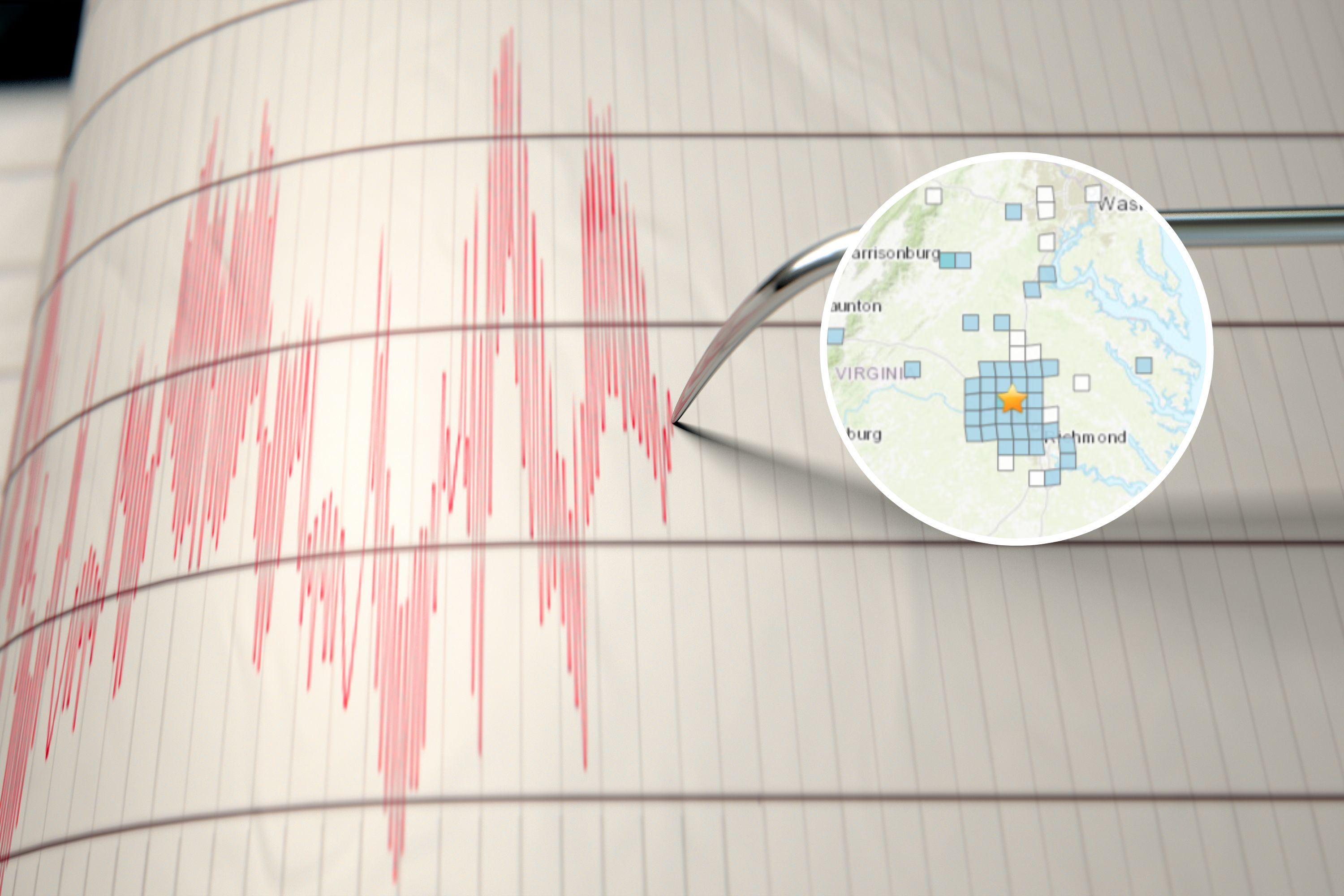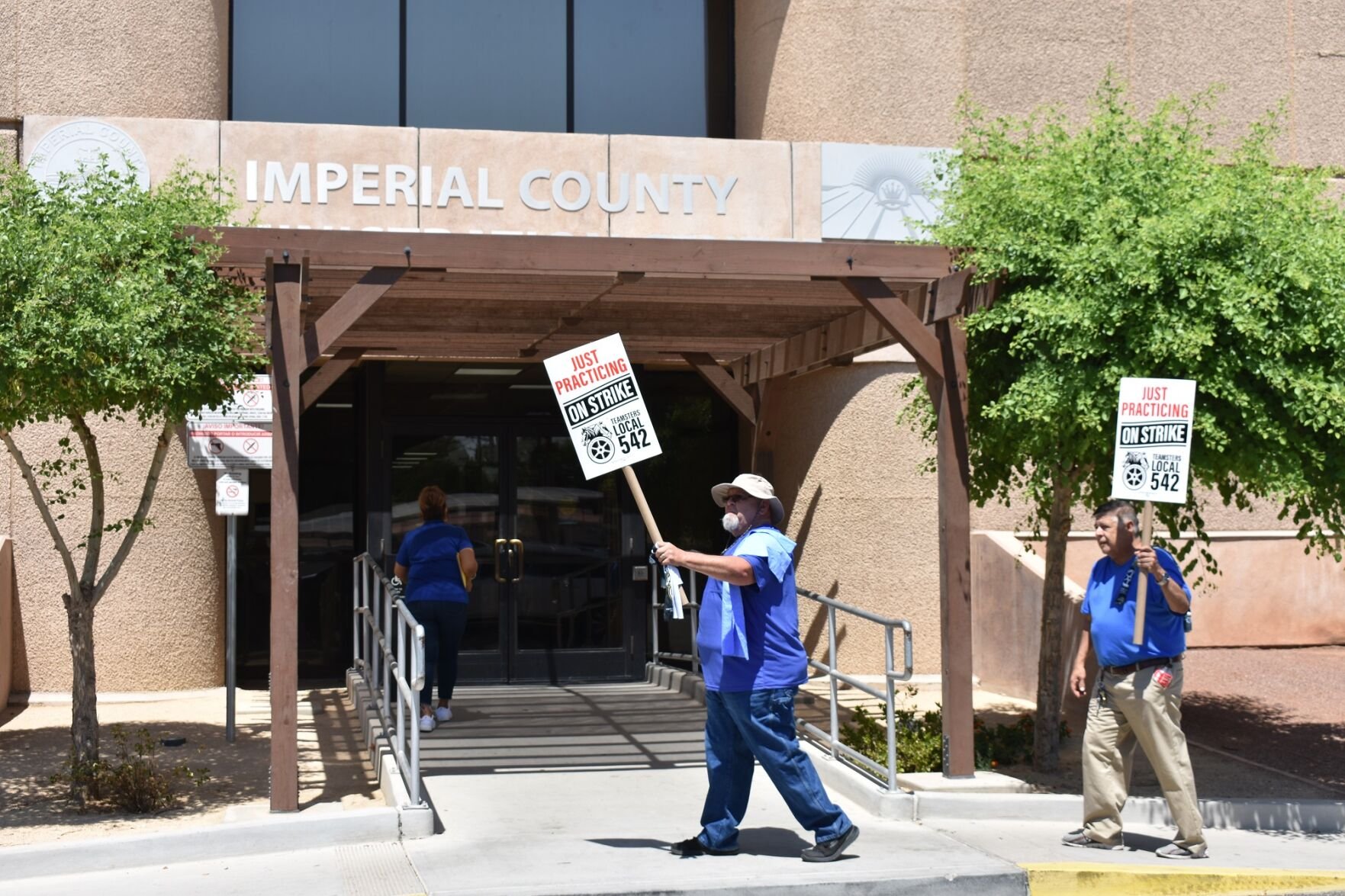A 2.8 magnitude earthquake struck near Richmond, Virginia, causing homes to shake and startling residents with a “big boom.” The tremor was felt up to 500 miles away, illustrating the surprising reach of seismic activity in the Central Virginia Seismic Zone.
Earthquake Rattles Richmond, VA As Residents Report ‘Big Boom’

Key Takeaways:
- A 2.8 magnitude earthquake occurred near Richmond, Virginia, at 5:30 p.m. on Tuesday.
- Shaking was felt up to 500 miles away, including in Rhode Island, Connecticut, New York, and Pennsylvania.
- Residents reported their homes shaking and hearing a loud boom.
- The Central Virginia Seismic Zone has active faults that can cause minor to moderate earthquakes.
- A significant 5.8 magnitude earthquake occurred in the region in 2011, causing notable damage.
Virginia’s Unexpected Tremor Felt Across States
Residents Experience Shaking and Loud ‘Boom’
At approximately 5:30 p.m. on Tuesday, a 2.8 magnitude earthquake struck just northwest of Richmond, Virginia, according to the United States Geological Survey (USGS). The quake startled residents, many of whom took to social media to share their experiences.
“Entire house shook!!” one resident exclaimed on Facebook, as reported by CBS 6. Another shared, “Big boom and the whole house shook. The foundation shook really hard.” These firsthand accounts highlight the surprising impact of the minor quake on the local community.
Shaking Felt Up to 500 Miles Away
While classified as a minor earthquake—earthquakes between 2.0 and 3.9 magnitude rarely cause damage—the tremor was felt far beyond Virginia’s borders. Reports of “weak” shaking came from as far as Providence, Rhode Island, some 500 miles away from the epicenter. Similar tremors were noted in Connecticut, New York, and Pennsylvania.
The USGS data indicated that “light” shaking was detected in the immediate vicinity of the epicenter, particularly in Rockville on the outskirts of Richmond. The widespread feeling of the quake underscores how seismic waves can travel significant distances, even from smaller earthquakes.
Understanding the Central Virginia Seismic Zone
Despite being far from active tectonic plate boundaries like those in California or the Pacific Ring of Fire, Virginia is not immune to seismic activity. The Central Virginia Seismic Zone is “laced with known faults but numerous smaller or deeply buried faults remain undetected,” the USGS explained.
Natural stress and movement within the Earth’s crust can cause these faults to release energy, resulting in earthquakes. “Since at least 1774, people in central Virginia have felt small earthquakes and suffered damage from infrequent larger ones,” the USGS noted. “Smaller earthquakes that cause little or no damage are felt each year or two.”
Echoes of the 2011 Earthquake
The region’s most notable seismic event occurred on August 23, 2011, when a magnitude 5.8 earthquake struck near Mineral, approximately 38 miles northwest of Richmond. That quake was “widely felt across the eastern United States and caused significant structural damage, including to the Washington Monument and the National Cathedral in Washington, D.C.”
Tuesday’s earthquake, while much smaller, serves as a reminder of the area’s seismic potential. It underscores the importance of understanding and monitoring the faults beneath central Virginia.
Minor Earthquakes and Their Impact
Earthquakes are measured on a logarithmic scale, meaning each whole number increase represents a tenfold increase in the amplitude of the seismic waves and about 31.6 times more energy release. Therefore, even minor quakes like the one experienced can produce noticeable shaking without causing damage.
Residents’ reactions to the recent quake reflect both surprise and concern, given that such events are relatively infrequent in the region. The USGS continues to monitor seismic activity to provide timely information and ensure public safety.
Conclusion
While the 2.8 magnitude earthquake near Richmond did not result in damage, it certainly rattled residents and caught the attention of those hundreds of miles away. The event highlights the often-overlooked seismic activity in areas like the Central Virginia Seismic Zone and reminds us of the dynamic forces at work beneath the Earth’s surface.











